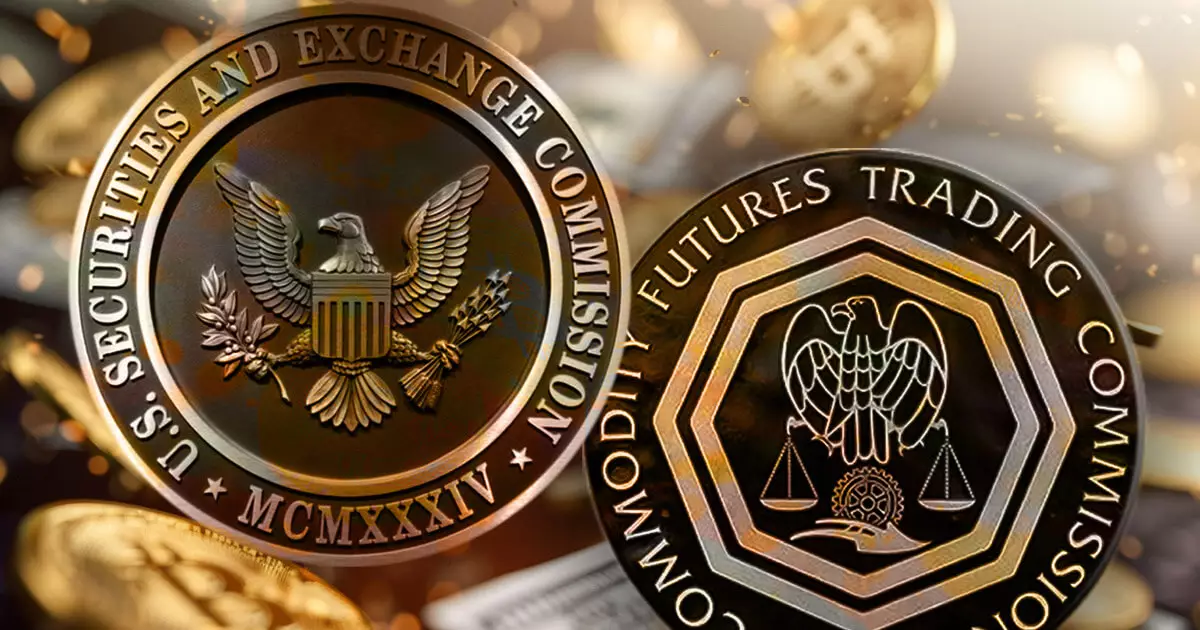In an era where the landscape of cryptocurrency is constantly evolving, the collaboration between the Commodity Futures Trading Commission (CFTC) and the Securities and Exchange Commission (SEC) marks a pivotal shift in how regulatory bodies address these emerging technologies. Acting chair Caroline Pham’s announcement during the Milken Institute’s “Future of Fintech Symposium” indicates not just a rekindling of past alliances but a determined approach towards comprehensive regulation of the crypto market. This cooperation is more than just rhetoric; it represents a fundamental acknowledgment that a unified regulatory front is essential for fostering innovation while protecting investors.
Resurrecting the Joint Advisory Committee
The revival of the Joint Advisory Committee highlights the regulators’ recognition of crypto as a critical component of modern finance, something they overlooked for too long. Initially created in 2010, this committee aimed to tackle regulatory concerns collaboratively but became dormant by 2014. With the newfound enthusiasm from both the CFTC and SEC, one cannot help but speculate about what breakthroughs may arise from this alliance. The committee’s reactivation suggests that both agencies are ready to roll up their sleeves and engage with the complexities of digital assets, ultimately leading to clearer guidelines that benefit all stakeholders involved.
A Presidential Summit for Cryptocurrency Clarity
The announcement of a White House summit reflects an unprecedented federal acknowledgment of the crypto ecosystem, hinting at the potential for significant policy shifts. The involvement of Crypto Czar David Sacks signifies that this administration understands the importance of delineating cryptocurrencies’ legal status as a means to foster growth and innovation. Peirce’s remark regarding “crypto clarity” not only embodies optimism but also a palpable urgency to establish guidelines in a sector that has, until now, been mired in ambiguity and regulatory uncertainty.
Engaging the Public for Effective Rulemaking
Perhaps most strikingly, SEC Commissioner Hester Peirce’s proactive approach in seeking public feedback indicates a shift away from top-down regulation. By incorporating the voices of individuals affected by these rules into the rulemaking process, regulators can develop more effective and representative policies. This participatory model stands in stark contrast to the often insular approach of bureaucratic agencies, which have historically struggled to understand and adapt to the rapidly changing dynamics of the crypto market.
As regulatory bodies move towards a more collaborative and transparent framework, it is crucial to recognize the challenges that still loom over the digital currency landscape. With the SEC concluding lawsuits and investigations against various firms, there is an apparent shift towards resolving disputes efficiently rather than propagating uncertainty. This fundamental change in attitude may provide the groundwork for a more stable environment, where investors are protected, and innovation thrives. In a world increasingly dominated by digital currencies, the alignment of regulatory efforts is not just an aspiration; it is a necessity for creating a future where crypto can flourish.

